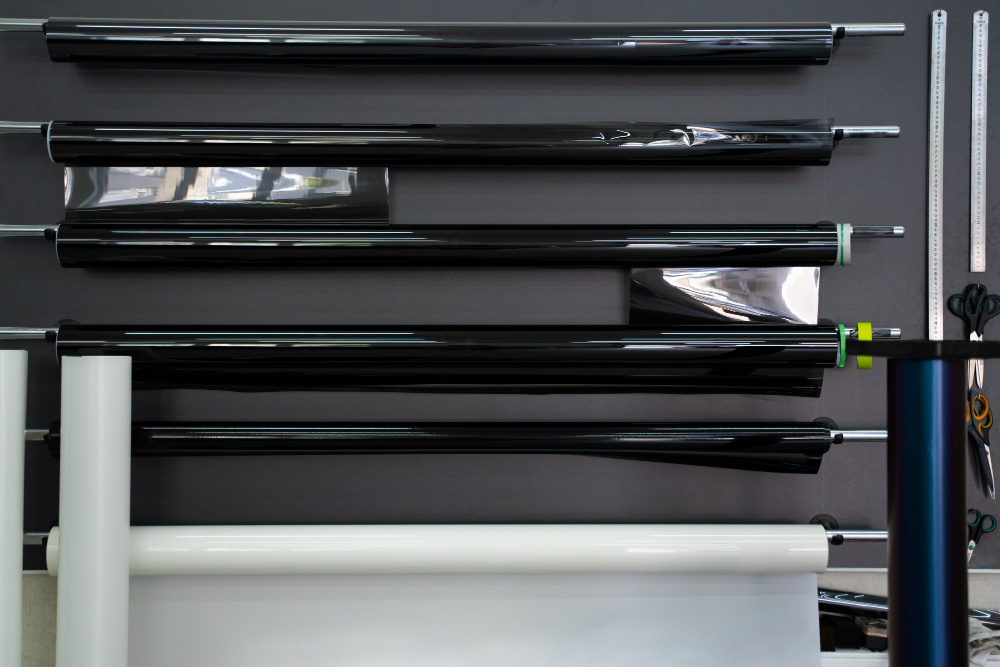
PVC Film Formation Failure Analysis
Resilite is the number one wrestling mat manufacturer for division one university athletic programs. Resilite contacted LVH labs for failure analysis and performance testing in order to discover the root cause for their mats PVC coating failure. Through different degradation studies our engineers were able to discover the root cause of their issue: film processing. Specifically, the inadequate drying temperature and time did not allow for proper coalescence, in addition to an inefficient selection of solvent. We were able to provide them with our discoveries and offer suggestions to improve the lifespan of their products.
Biodegradable Foam Failure Analysis
Problem: Packing peanuts are still widely used business to business in the United States and globally. The majority of peanuts are polystyrene, which pollute the environment and take hundreds of years to decompose in nature. The biodegradable alternative – starch peanuts – are a good solution, however they are much more expensive than traditional polystyrene peanuts. One reason they are more expensive is due to large transportation costs associated with large bags of peanuts which cannot be compressed down.
Thus there is a need to alter starch peanuts to allow them to become compressible so that cargo space is used more efficiently during transportation from the factory, thus lowering the overall cost of the packing peanuts and increasing their appeal to businesses. If starch peanuts can be made in a way that they can be vacuum sealed during transportation without permanently damaging the peanuts, we can successfully lower the cost.
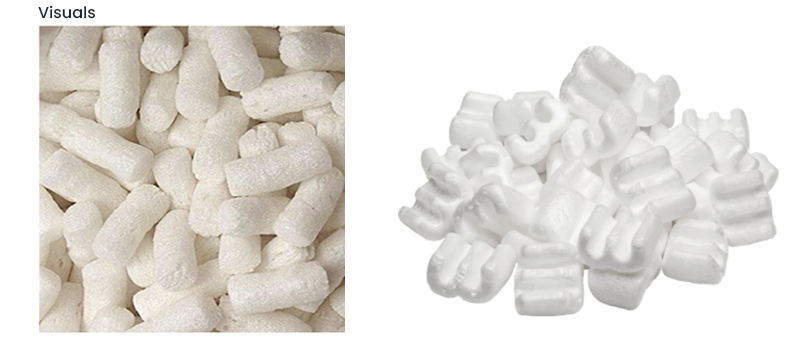
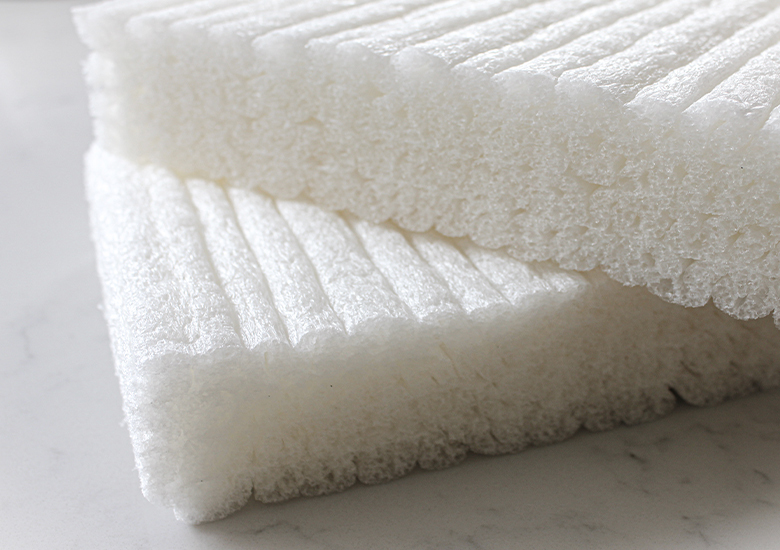
Solution: Our creative solution to this problem was quite simple: produce a polymer blend which can remain biodegradable. By leveraging the more favorable properties of other biodegradable polymer materials which possess compressible characteristics, we produced several blends which could serve as potential alternatives. By keeping the majority of the blend starch, we could maintain most of the similar characteristics as traditional starch peanuts, while still adding the necessary compressibility property.
Results: After producing these blends, and subsequently producing foams through a proprietary process, we saw a 48% improvement in the spring index of our foam. The spring index is a measure of the re-compressibility of a material, and thus is a good indicator of a material’s ability to spring back to its shape after being vacuum sealed in a bag.

Performance Testing for Low Impact Limited
Low Impact Limited is a technical textile manufacturer specializing in high-performance textiles. Their feature product is called HoneyCombX, a graphene-based textile that offers advanced strength, electrical and thermal conductivity and more. For this project different finished products and raw materials were tested for their performance using typical mechanical performance properties as well as chemical analysis. In addition, life cycle analysis tests were conducted such as QUV and QFOG testing to analyze degradation, and performance changes over time with degradation.
3D Printed PLA Life Cycle Analysis
PLA is a commonly used polymer system for rapid prototyping in the engineering community. Lactic acid can be naturally sourced, but it’s recyclability once formed in polymer chains is fairly low. To quantize this degradation, characterization techniques can be used to understand breakdown in molecular structures and resulting effects on bulk mechanical properties. To mitigate these negative effects, our approach introduces rheological additives into specialized polymer formulations. Further exploration into this issue will yield results that could revolutionize the additive manufacturing industry and reduce the cost for rapid prototyping programs.
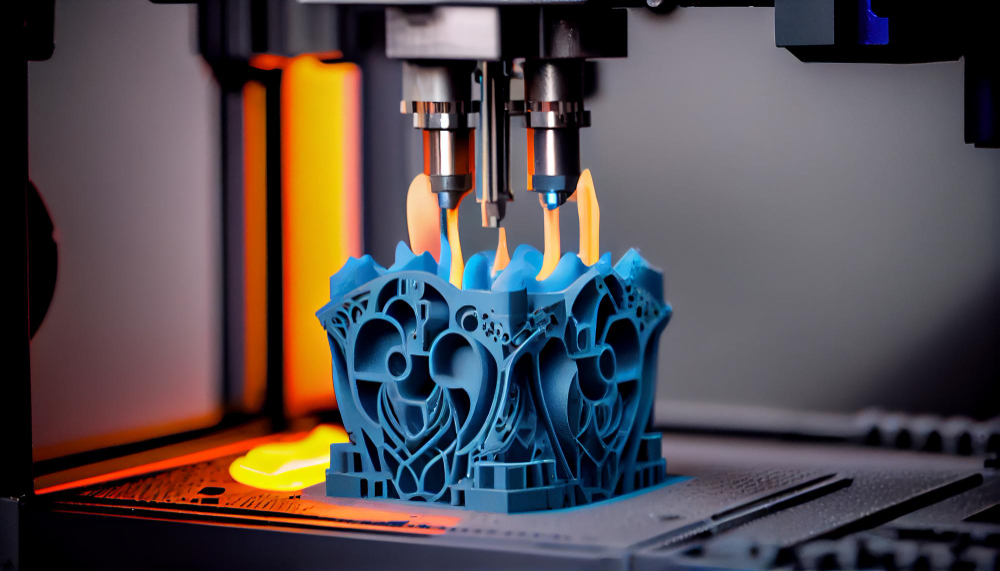
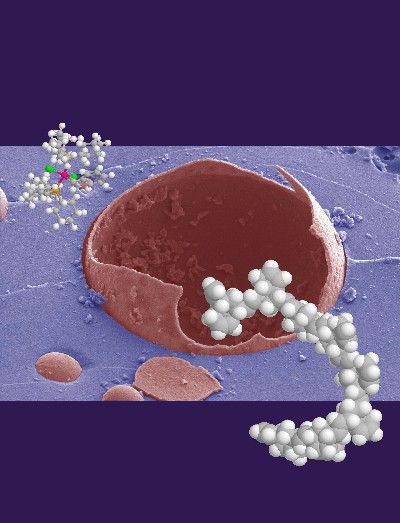
Results: Our engineers are still in research and development, however, we have successfully made prototypes and are in the process of testing and perfecting the product.
Micro Encapsulated Self-Healing Agent
Problem: Many buildings and other structural materials that are exposed to the elements can form cracks overtime, leading to ultimate failure of the material if the issue is not addressed.
Solution: One innovative way to overcome this is to introduce healing agents that can be microencapsulated with a polymer material. By using newly discovered encapsulation techniques and through rigorous selection of polymeric materials, these healing agents can be tuned to release their contents in cycles. This timed release addition proves necessary to prevent all of the material releasing at once, and thus rendering the agent useless overtime. Since most environmental stress cracking occurs years after development, it is valuable to introduce a healing agent that will release years down the line and thus provide the necessary protection from microcrack formation.
Graphene Oxide Filtration
Problem: Water filtration and treatment processes are critically important to modern society. Water treatment continues to be a complicated and expensive process, which is not perfect and needs improvement. Filtration media must be constantly replaced, leading to costly processes which rely largely on reverse osmosis and other electrochemical operations.
Solution: One way to ensure water is filtered perfectly every time is to filter water molecules individually through nanosized tubes. Molecular sieves as they are called, are extremely effective in removing unwanted bacteria, viruses, sediment, and any other imperfection from the water. One way to produce these molecular sieves is through graphene oxide nanochannels, however, the production of uniform channels has long been a difficult and unpredictable process. By aligning these channels with mechanical stirring and magnetic fields while they are in a nematic liquid crystal state, a much larger amount of them can be uniform and work well as molecular sieves.


Results: The work we performed on this project can be seen here:
https://www.sciencedirect.com/science/article/pii/S2667056922000062
